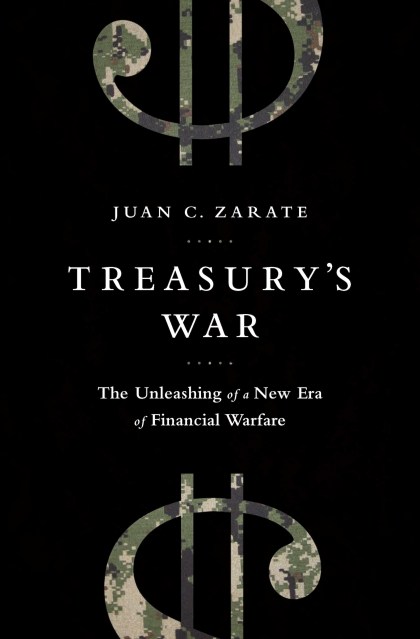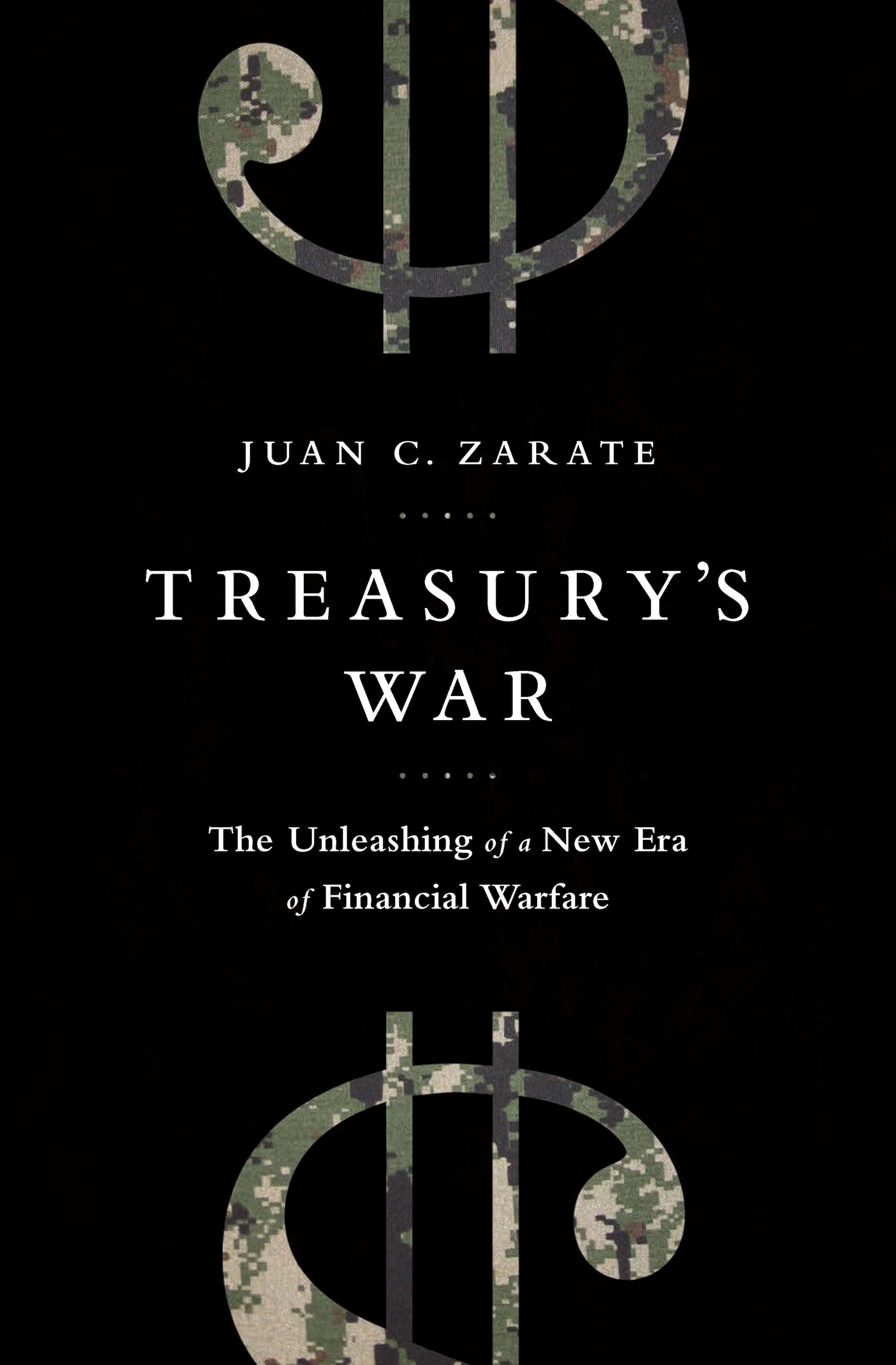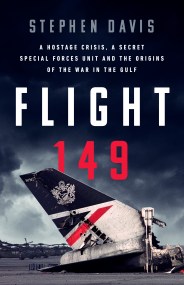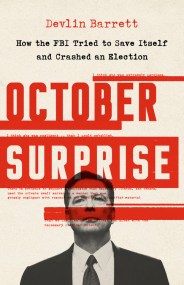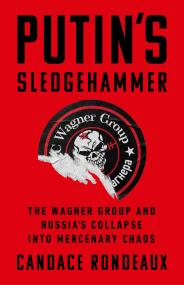Promotion
Use code BEST25 for 25% off storewide. Make sure to order by 11:59am, 12/12 for holiday delivery!
By clicking “Accept,” you agree to the use of cookies and similar technologies on your device as set forth in our Cookie Policy and our Privacy Policy. Please note that certain cookies are essential for this website to function properly and do not require user consent to be deployed.
Treasury’s War
The Unleashing of a New Era of Financial Warfare
Contributors
By Juan Zarate
Formats and Prices
- On Sale
- Sep 10, 2013
- Page Count
- 512 pages
- Publisher
- PublicAffairs
- ISBN-13
- 9781610391160
Price
$12.99Price
$16.99 CADFormat
Format:
- ebook $12.99 $16.99 CAD
- Trade Paperback $19.99 $24.99 CAD
This item is a preorder. Your payment method will be charged immediately, and the product is expected to ship on or around September 10, 2013. This date is subject to change due to shipping delays beyond our control.
Buy from Other Retailers:
This group unleashed a new brand of financial power — one that leveraged the private sector and banks directly to isolate rogues from the international financial system. By harnessing the forces of globalization and the centrality of the American market and dollar, Treasury developed a new way of undermining America’s foes. Treasury and its tools soon became, and remain, critical in the most vital geopolitical challenges facing the United States, including terrorism, nuclear proliferation, and the regimes in Iran, North Korea, and Syria.
This book is the definitive account, by an unparalleled expert, of how financial warfare has taken pride of place in American foreign policy and how America’s competitors and enemies are now learning to use this type of power themselves. This is the unique story of the United States’ financial war campaigns and the contours and uses of financial power, and of the warfare to come.
-
Library Journal
"A unique view into the new and potentially devastating world of fiscal warfare… Zarate's well-documented work gives a firsthand report of strategies not often known or publicized in this newest and perhaps most effective form of waging war.”
ABA Banking Journal
“I consider it a must-read for anyone who wants to know where we are, where we've been, and what challenges lie ahead… Treasury's War is detailed, interesting, and sincere.”
National Interest
“Zarate's book admirably underscores the dire national-security threat posed by the almost-unfathomable level of our national debt… There is much in Zarate's book that enlightens us, and he gets many things right and proposes some innovative ideas.”
Arnaud de Borchgrave, UPI
“One of the world's most challenging assignments -- explained in vivid, dramatic detail by Juan C. Zarate, a former super sleuth in the U.S. government's long campaign to find and disrupt al-Qaida's terrorist funding in the Worldwide Web…Zarate's "Treasury's War" is a gripping electronic whodunit in a constantly changing environment where inequalities are widening and where technology is destroying more jobs than it creates…. This is the first book that lifts the veil of secrecy on the financial power [Zarate's team] marshaled against America's enemies.” -
Kirkus Reviews
“A bracing account by a knowledgeable authority.”
General Michael Hayden, former Director of CIA and NSA
“Juan Zarate's groundbreaking Treasury's War illuminates an underappreciated and under commented revolution in international affairs. Beset by nontraditional enemies and threats, the United States in the Bush administration leveraged America's place in the global financial system to create some important ‘asymmetrical power' of its own. As advocate and architect of this new approach, Zarate is well placed to tell the tale of America's most unique precision
guided weapon and he does so with detail, candor, and perspective.”
Sam Nunn, former U.S. Senator
"For those wanting to know how financial power and influence are wielded in the world, this is the book. Juan Zarate not only tells a gripping story, but lays out the policy implications and future for the use of this power. This is a must-read about the evolution of financial warfare over the past decade and how it will continue to play a central role in the nation's security." -
Bryan Burrough, New York Times Business section
“For those of us who start feeling drowsy at the very mention of the words ‘Treasury Department,' this book is an eye-opener. Under Mr. Zarate, and his successors, Treasury quietly built new capabilities that owe less to junk bonds than to James Bond…. ‘Treasury's War' does a fine job of shedding light on a new and significant aspect of international relations that many of us may not be aware of, and that is likely to gain in importance in the years to come.”
Stewart Baker, Wall Street Journal
“Mr. Zarate brings verve and the joy of combat to this and other tales… In Mr. Zarate's hands, what could have been a dry series of think-tank papers becomes a lively narrative filled with heroes, villains and fools.”
Geoff Dyer, Financial Times
"An entertaining insider's account of America's ‘new breed of financial power'... full of interesting accounts of the way smart sanctions were applied... a valuable history of a hidden but essential part of America's response to 9/11.”
Jordan Chandler Hirsch, Washington Post
“[A] thorough, thoughtful insider's account… The true value of Zarate's book lies in explaining the difference between traditional sanctions and this new form of financial warfare.”
Newsletter Signup
By clicking ‘Sign Up,’ I acknowledge that I have read and agree to Hachette Book Group’s Privacy Policy and Terms of Use
